
SSD vs HDD – Which is Better?
Discover the perfect storage solution - Explore the benefits of SSD vs HDD and find out which powers your laptop best. 💾🚀
• Explain benefits • Outline technical reasons • Show real-world gains. 3D NAND SSD performance improves speed, endurance and consistent throughput by stacking layers and reducing write amplification. ⚡🔒

Tired of staring at loading screens while your mates are already dropping into the action? That agonizing wait is often your storage bottleneck. Old hard drives are history, but not all SSDs are created equal. The secret to blistering speed and rock-solid stability lies in a technology called 3D NAND. Understanding how 3D NAND SSD performance and reliability works isn't just for tech boffins; it's the key to unlocking your PC's true potential. ✨

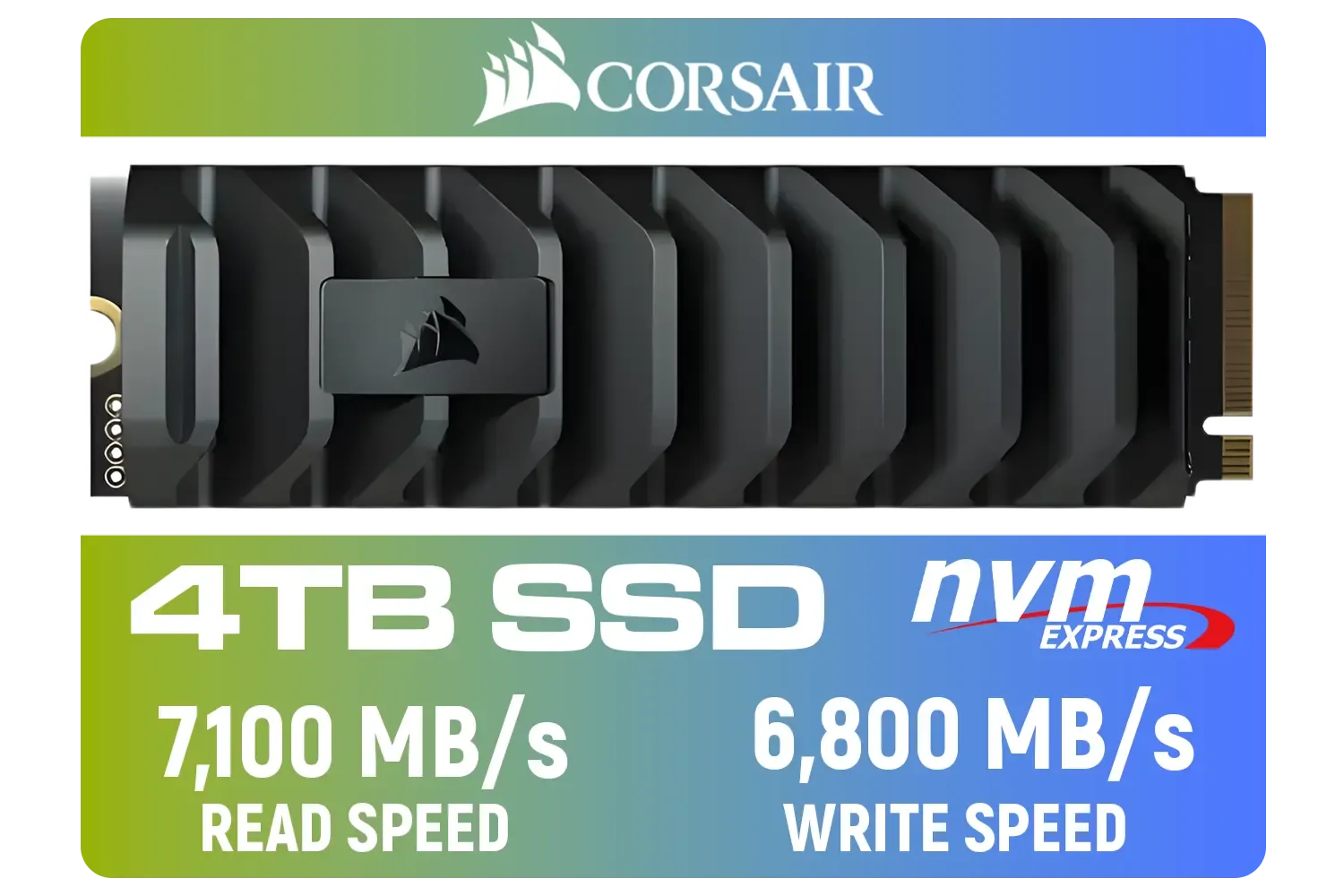
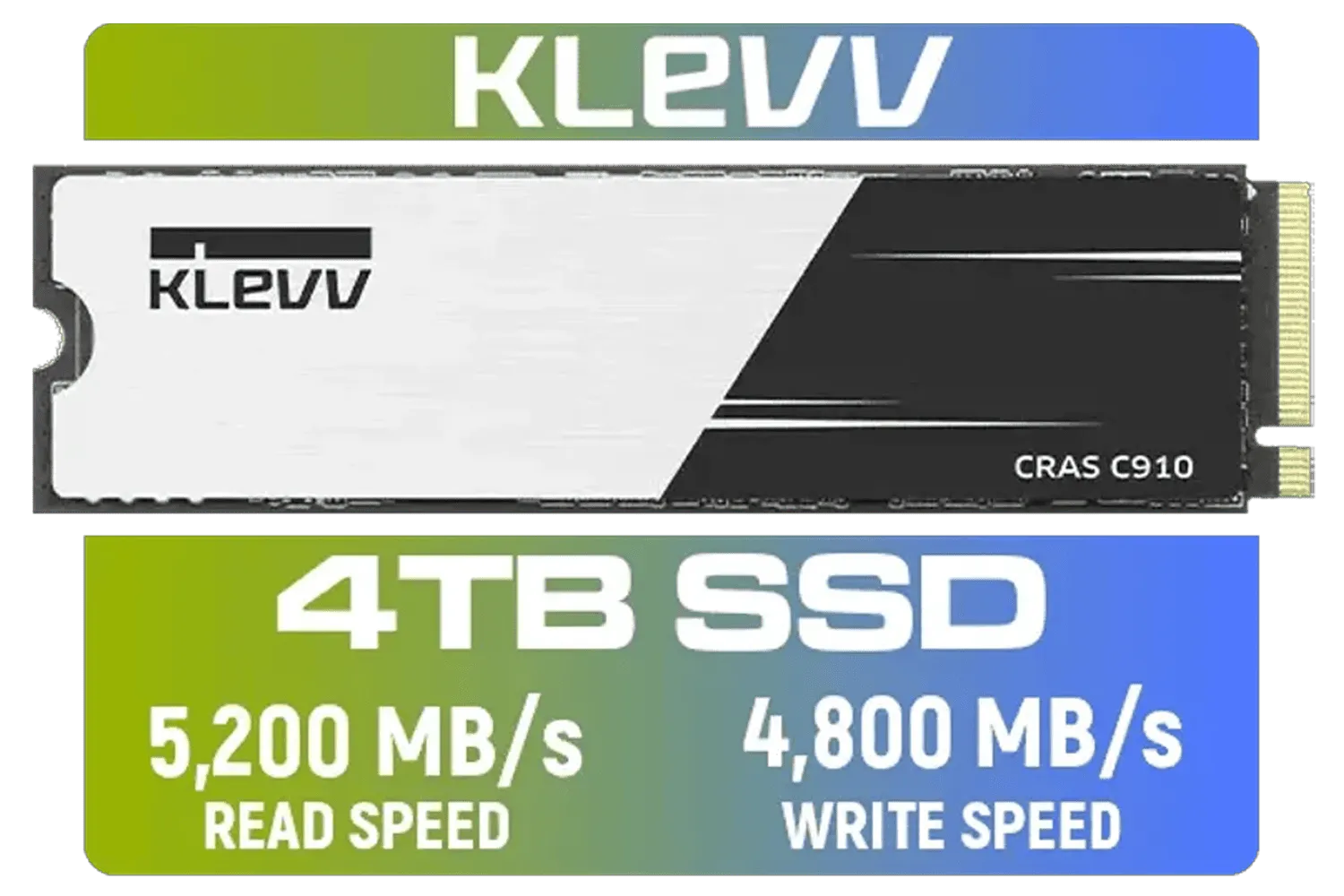



So, what is this 3D NAND stuff, anyway? Think of old-school SSDs (using 2D or planar NAND) like a sprawling neighbourhood of single-story bungalows. To add more storage, you had to build outwards, taking up more space. It was inefficient and eventually hit a physical limit.
3D NAND revolutionised this by building upwards. It stacks memory cells vertically, like a skyscraper. This simple-sounding change has massive implications. By going vertical, manufacturers can cram far more storage into a much smaller physical space, leading to higher capacities and better cost-efficiency. It's the core technology behind virtually all modern solid-state drives you'll find today.
Stacking cells doesn't just improve capacity; it directly boosts speed. Because the cells are closer together, the path data needs to travel is shorter. This results in lower latency and faster read/write speeds. For a South African gamer, this means:
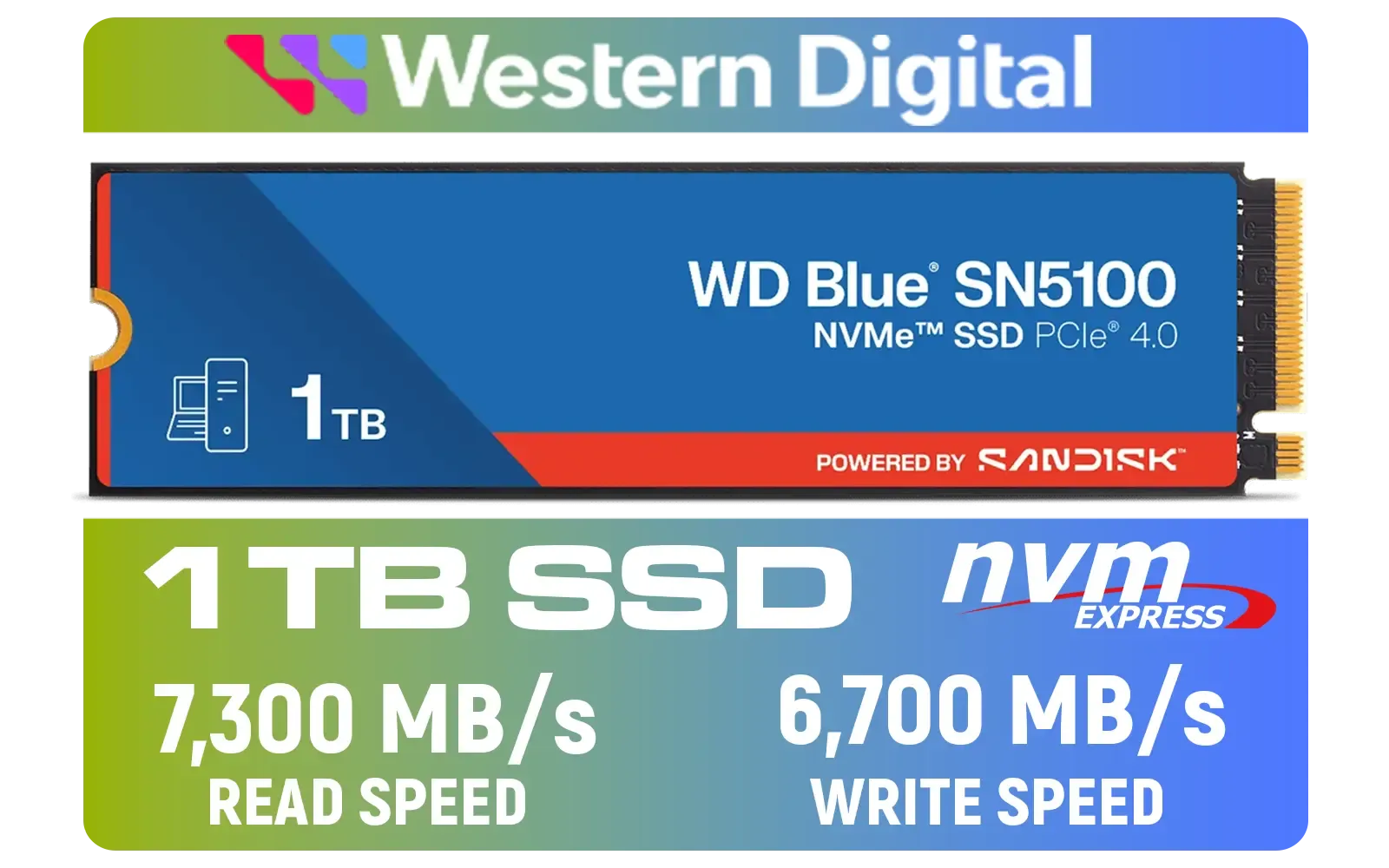

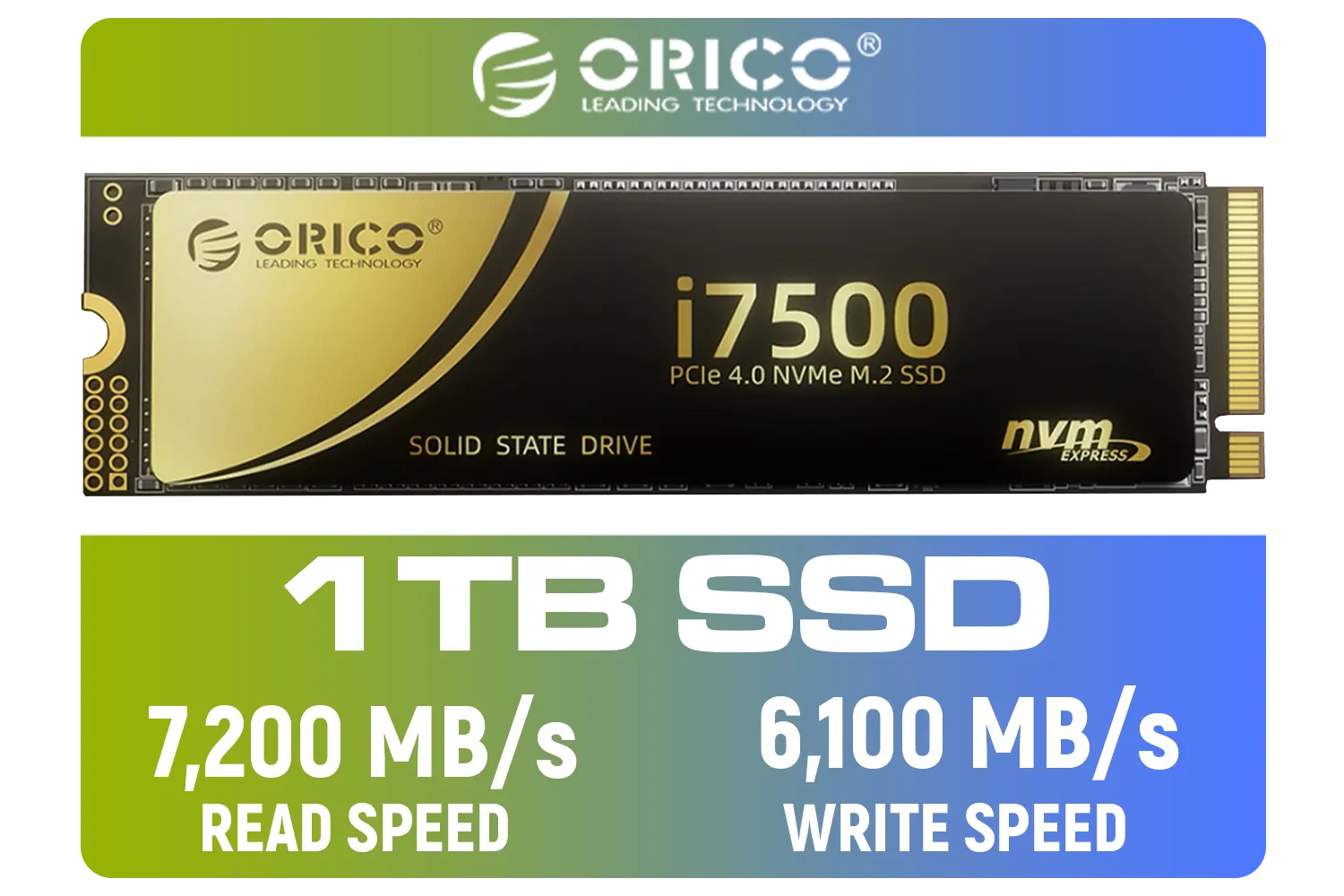
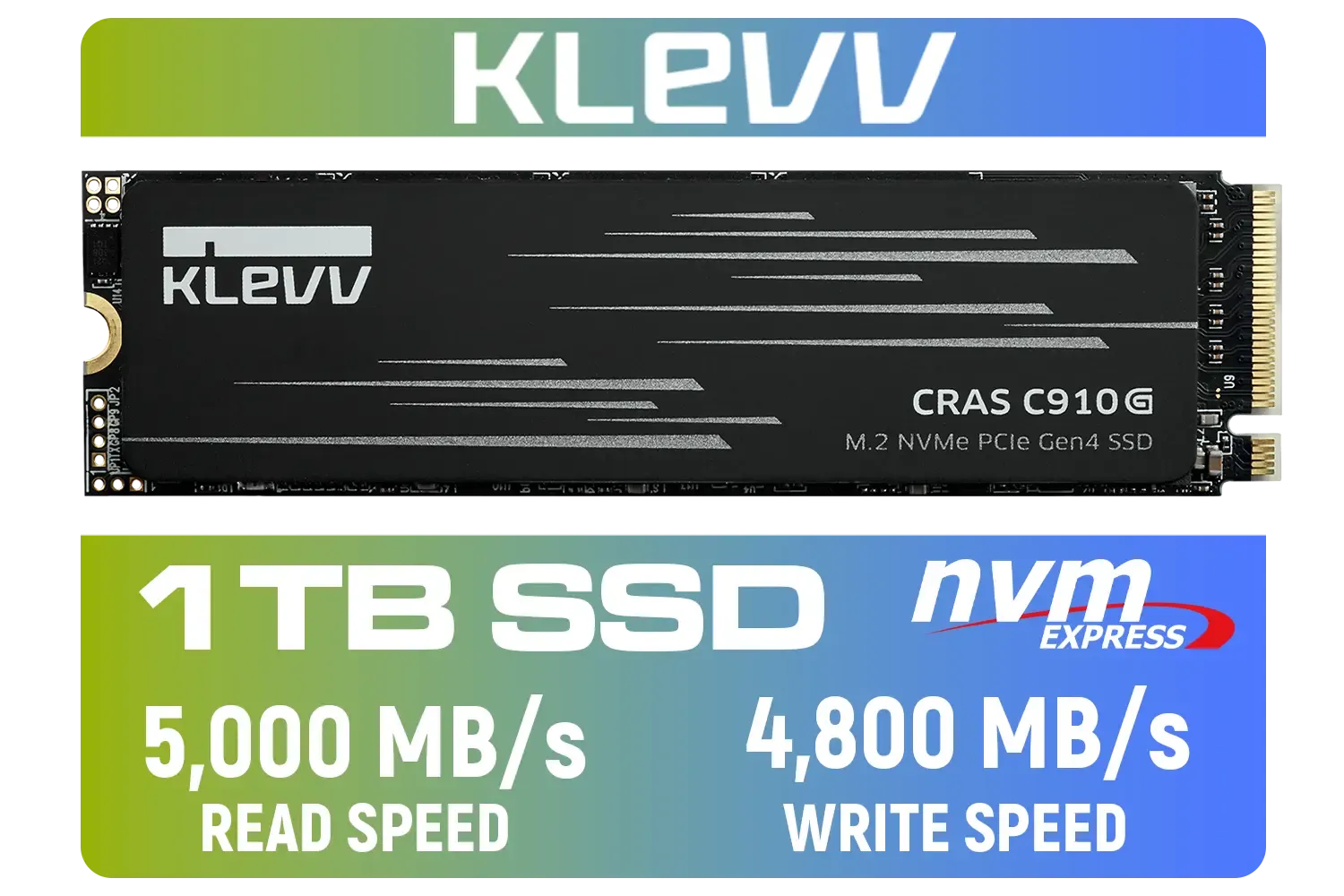


This performance boost is most noticeable with cutting-edge NVMe SSDs, which use the high-speed PCIe interface on your motherboard to leave older SATA drives in the dust. The latest tech pushes this even further, with blazing-fast Gen 5 drives offering speeds that were unthinkable just a few years ago. The superior 3D NAND SSD performance is undeniable.
Before you splash out on a new NVMe SSD, double-check your motherboard's specifications. Ensure the M.2 slot supports the PCIe generation (e.g., Gen 4, Gen 5) of the drive you want. Plugging a Gen 4 drive into a Gen 3 slot will work, but you'll be limited to Gen 3 speeds, leaving precious performance on the table.
Speed is exciting, but what about keeping your data safe? This is where the improved reliability of 3D NAND truly shines. In older 2D NAND, the tightly packed cells could interfere with each other, leading to data corruption and a shorter lifespan.
By stacking cells, there's more physical space between them, reducing this electrical "crosstalk." This makes the drive more stable and significantly increases its endurance—the total amount of data that can be written to it over its lifetime (often measured in Terabytes Written or TBW). This enhanced 3D NAND SSD reliability means your operating system, games, and precious files are safer for longer. It's a key reason why even dependable 2.5-inch SSDs are now built on this robust technology. 🚀
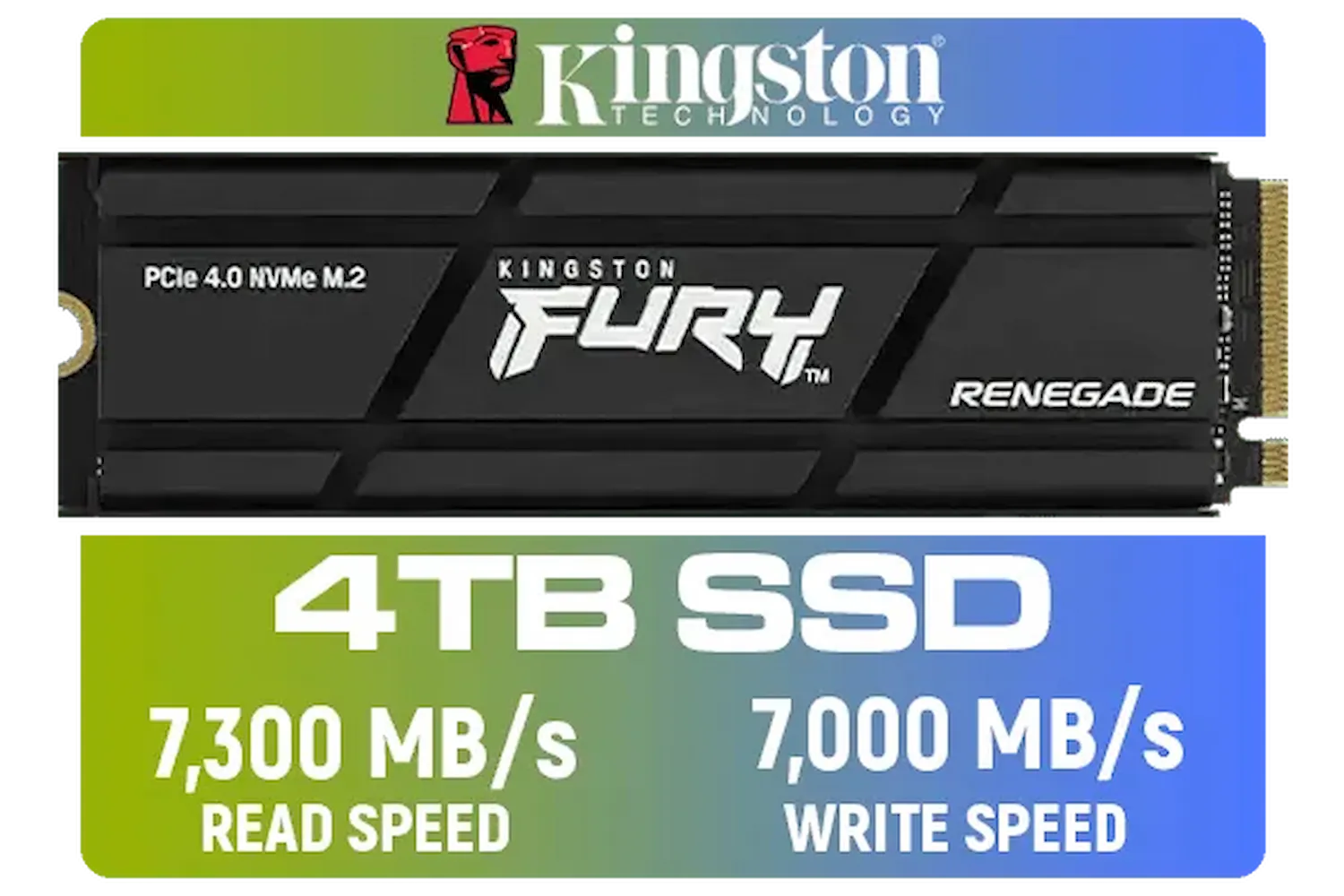
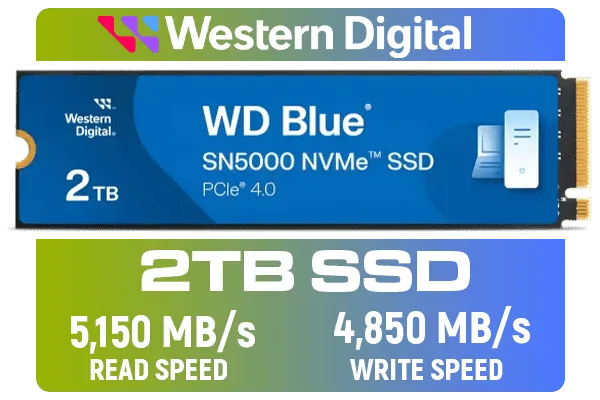

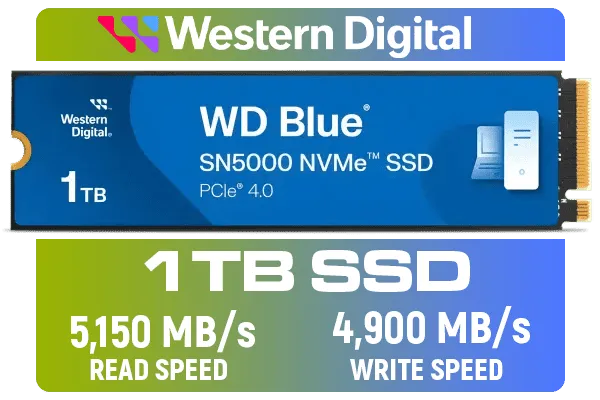


The best part? This incredible technology is now more affordable than ever. Whether you're building a new rig from scratch or giving your current PC a much-needed boost, there's a 3D NAND SSD for you. You can find fantastic SSD deals that deliver a massive performance upgrade without breaking the bank.
From a quick 500GB boot drive to high-capacity options like a 2TB Gen 5 SSD for your entire Steam library, the combination of 3D NAND SSD performance and reliability has become the gold standard for every PC user in South Africa.
Ready to Unleash Your PC's Speed? Slow storage shouldn't hold you back. Upgrading to a 3D NAND SSD is one of the most impactful improvements you can make for gaming, content creation, and everyday use. Explore our massive range of SSDs and find the perfect drive to conquer your world.
3D NAND stacks memory cells vertically to increase density. This structure lowers cost per GB and enables better 3D NAND SSD performance and endurance.
By stacking layers and enabling more parallel channels, 3D NAND improves throughput and latency, so 3D NAND improves SSD performance in real workloads.
Yes. 3D NAND often delivers higher endurance and better wear-leveling, improving SSD reliability and extending usable SSD lifespan.
Generally yes: 3D NAND vs 2D NAND offers higher density and endurance, better performance per watt, and reduced write amplification.
3D NAND architecture plus smarter controllers can lower write amplification, improving endurance and consistent throughput for SSDs.
QLC stores more bits per cell than TLC, trading endurance for capacity. QLC vs TLC in 3D NAND influences SSD endurance and cost.
Yes. Improved random read/write and sustained throughput from 3D NAND SSD performance reduce load times and speed game installs and streaming.